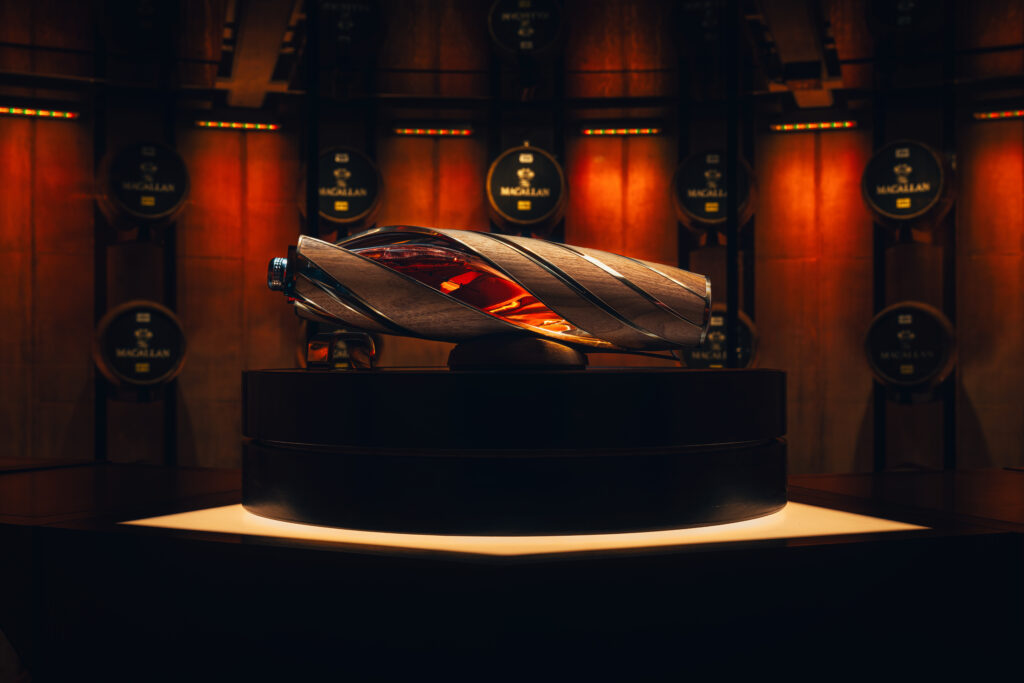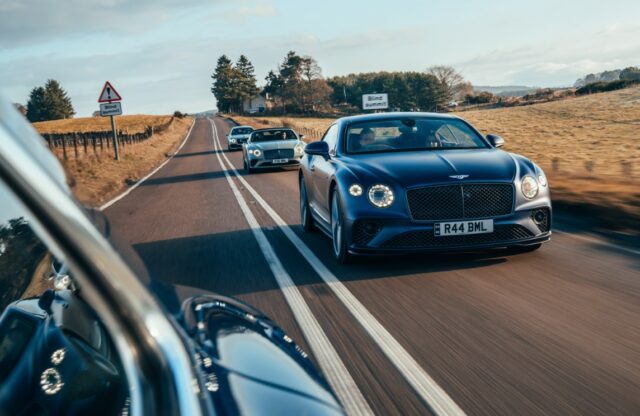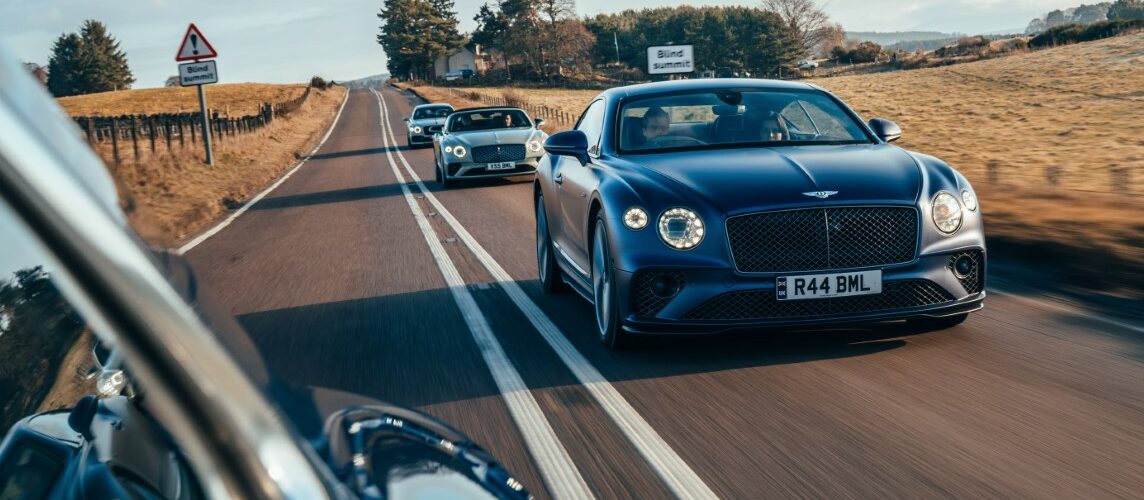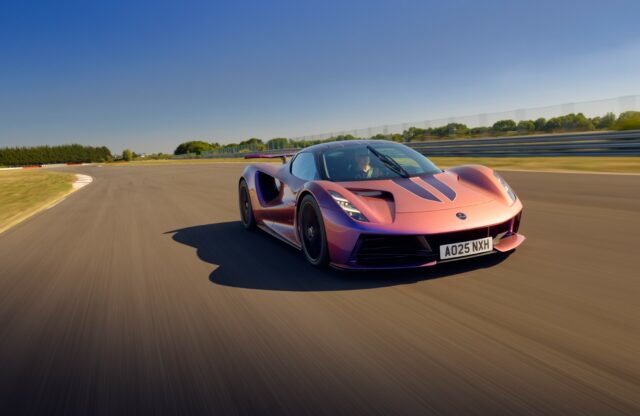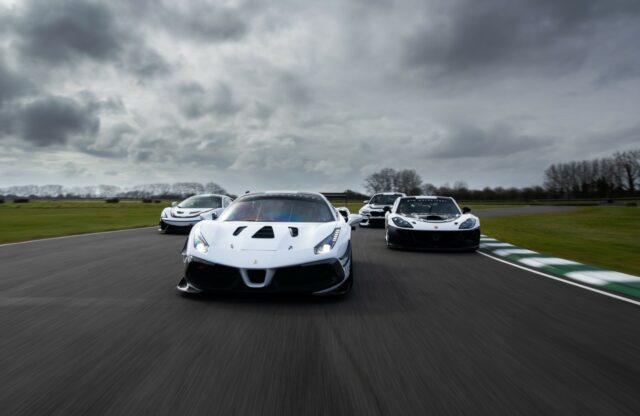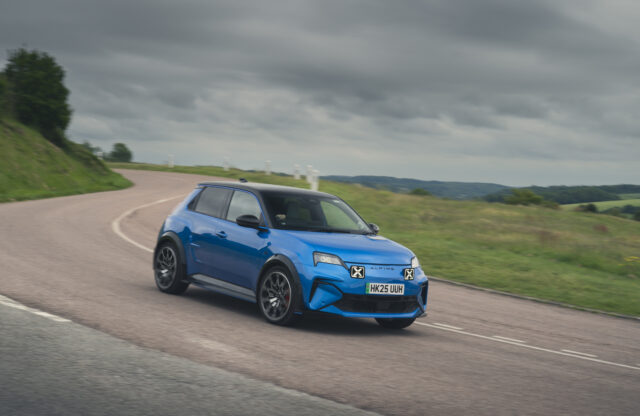WORDS: ALEX GOY | PHOTOS: BENTLEY
It’s getting awfully depressing, saying goodbye to so many things. Seemingly, there’s a death notice sitting in my inbox every other week – a missive from a huge conglomerate stating that, for whatever reason, something wonderful has to go. Of course, all good things must come to an end, but being at the ‘life takes away’ stage of petrol’s years can seem a little gloomy. Unless you decide that it’s best to celebrate than be sad, which is how I found myself in a convoy of W12-powered Bentleys driving from Crewe to The Macallan distillery in Scotland to see the ‘ol motor off with a strong drink.
As is The Way right now, big, thirsty engines aren’t really the done thing. This means Bentley is knocking its 6.0-litre W12 on the head later in 2024, having produced more than 100,000 of the things (combined putting out more than 6,000,000bhp) since the first one was bolted into a Continental GT.
For more than 20 years, the venerable powerplant has been a wonderful way to cover immense ground in very little time at all, with very little fuss. It isn’t noisy, its torque comes in early and strong, and it never gives the impression that it’ll run out of steam before you run out of road. Its abilities are helped by being wrapped in some of the best automotive design, and finest materials available, too.

Initially a VW Group project, the W12 started life as two super-narrow VR6 six-cylinders mashed together, mated with a common crank
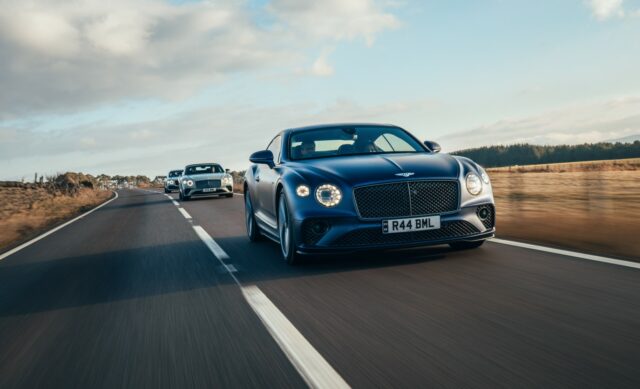
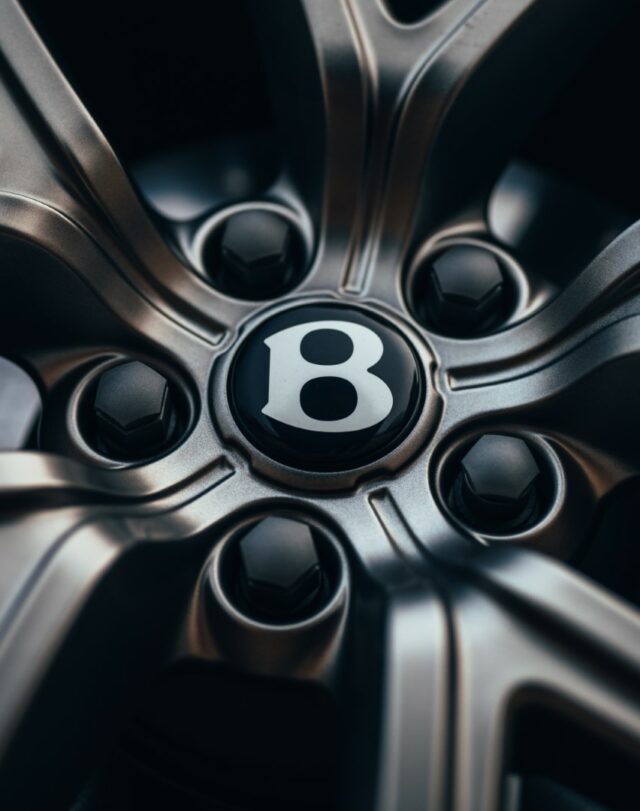
Being the engine to power Bentley’s reinvention at the turn of the century, I hope it’ll be remembered as ‘a moment’ – a thing that irrevocably changed something for the better. In this case, Bentley as a whole. Initially a VW Group project, the W12 started life as two super-narrow VR6 six-cylinders mashed together, mated with a common crank. Even with whacking great turbos on board, as was the Bentley way, it was still drastically shorter than a traditional V12. The result meant a tight package, huge grunt and more space in the cabin for people and all their limbs. The rear legroom in a Continental GT may not be massive, but it’s a damn sight more than you’d get in an Aston Martin DB9.
Bentley’s success with the Continental GT is undeniable. It refreshed and reinvigorated a brand that had been on the back foot for years. With German cash (and expectations) behind it, the exciting new Bentley offered something pleasingly different, and buyers the world over went mad for it. All ends of the market – young, old, fashionable, less fashionable – found a slice of themselves in Crewe’s brave new world.
Over its life, the W12 got a number of glow-ups and some incredible engineering advancements – and it was mated to a variety of gearboxes. Its ultimate evolution is in the Batur, a 730bhp 738lb ft rocketship… a rocketship that Bentley says you can use reliably every day, should you so choose.
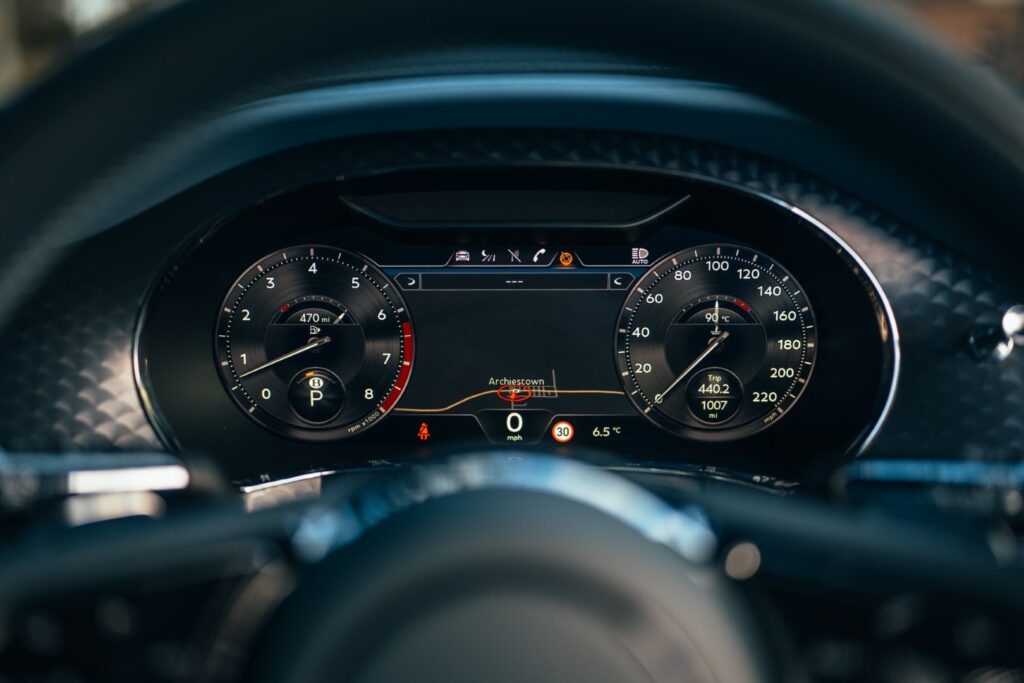
The Batur is a limited-run car: only 18 will be made, and they’re all gone. There’s no need to be disheartened, however, because a Continental GT Speed boasts virtually all of its grunt (and rear seats, too – something the Batur does without). If I’m going to be driving a car for hundreds of miles on a mix of roads, and be in a hurry, there aren’t many other models I’d rather be in. Bentley’s liberal use of hide from cows that, I suspect, are fed only on cotton wool and goose down before they’re peeled and turned into seats, gives your back and nethers a wonderfully soft ride. They’re accompanied by a more comprehensive list of back massages than most day spas could dream of; if you end up with a sore spine in one of these, you might need to seek specialist assistance.
Adjustable suspension, even in its hardest setting, won’t jar, although if you ask the Bentley’s 650bhp 644lb ft motor to bring you urgently close to the horizon, you may be taken a little by surprise. You’re granted a moment of calm as your foot hits the floor, before a lot of torque is fired to all four wheels and you’re, all of a sudden, not where you used to be. It’s quite fun.
Silly turn of pace aside, the W12 is exceptionally good at cruising. Get to your speed of choice, and it’ll sit there almost silently, and very happily, until you need a pit stop.
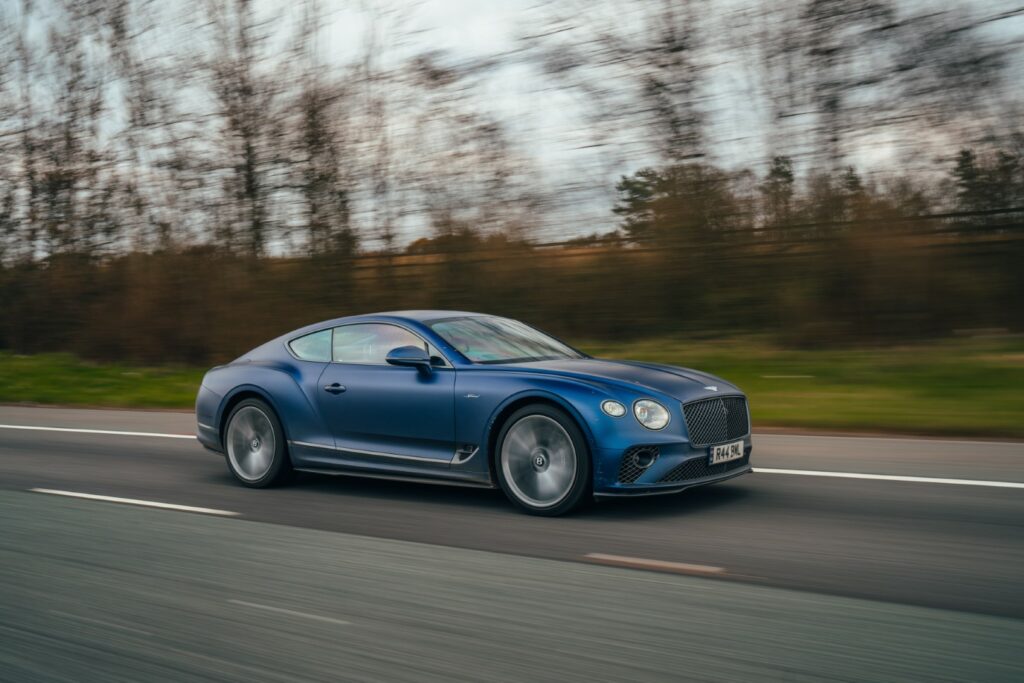
On Scotland’s twisty roads, the Bentley can be as serene as you like, or coaxed into savagery – you’ll meet apexes far more quickly than you imagined, and then gently breeze around them with minimal fuss. You won’t trouble a Lotus Elise dynamically, but then again you won’t have to unfold yourself out of the cockpit at the other end. The car is good, but it’s the engine that makes it perfect. For the driver in a hurry, but not in a rush, the W12 will do the job perfectly.
Celebrating such a motor without doing something suitable seems foolish. For all the joy it’s brought – and that it’ll continue to bring, until the last example is forced off the road – simply waving the final W12 engine off the line with a solemn tear and a blurry phone picture isn’t going to cut it. This is why I am on my way to The Macallan. See, working with Bentley, the distillery has created Horizon, a special whisky for a lucky few (hundred) that sits in a spiral case made of wood, leather and metal. Macallan says its many flavour profiles are reminiscent of one of Bentley’s finest motorcars, although all I know is that it’s probably the best whisky I’ll ever taste, and that all other spirits are now tainted forever. It’s really rather good.
While there will never be anything quite like Horizon again, and there almost certainly won’t be another engine like the W12, both Macallan and Bentley will carry on making their wares. There will be other special booze, and there’ll be another way to propel a flying B from coast to coast in no time at all. Let’s drink to the W12 for now, and be grateful not only for what it did, but also for how much further it’s allowed Bentley to go.
